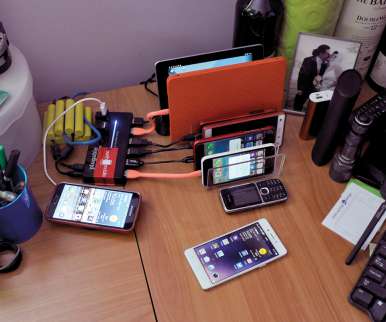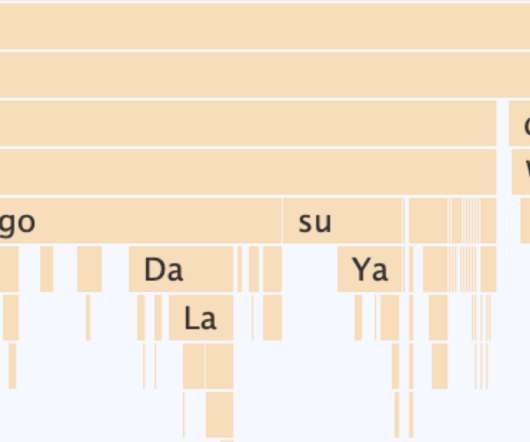How Improving Website Performance Can Help Save The Planet
Smashing Magazine
JANUARY 15, 2019
How Improving Website Performance Can Help Save The Planet. How Improving Website Performance Can Help Save The Planet. But as it stands, websites are growing ever more obese, which means that the energy demand of the Internet is continuing to grow exponentially. Jack Lenox. 2019-01-15T13:30:32+01:00. 2019-04-29T18:34:58+00:00.













Let's personalize your content